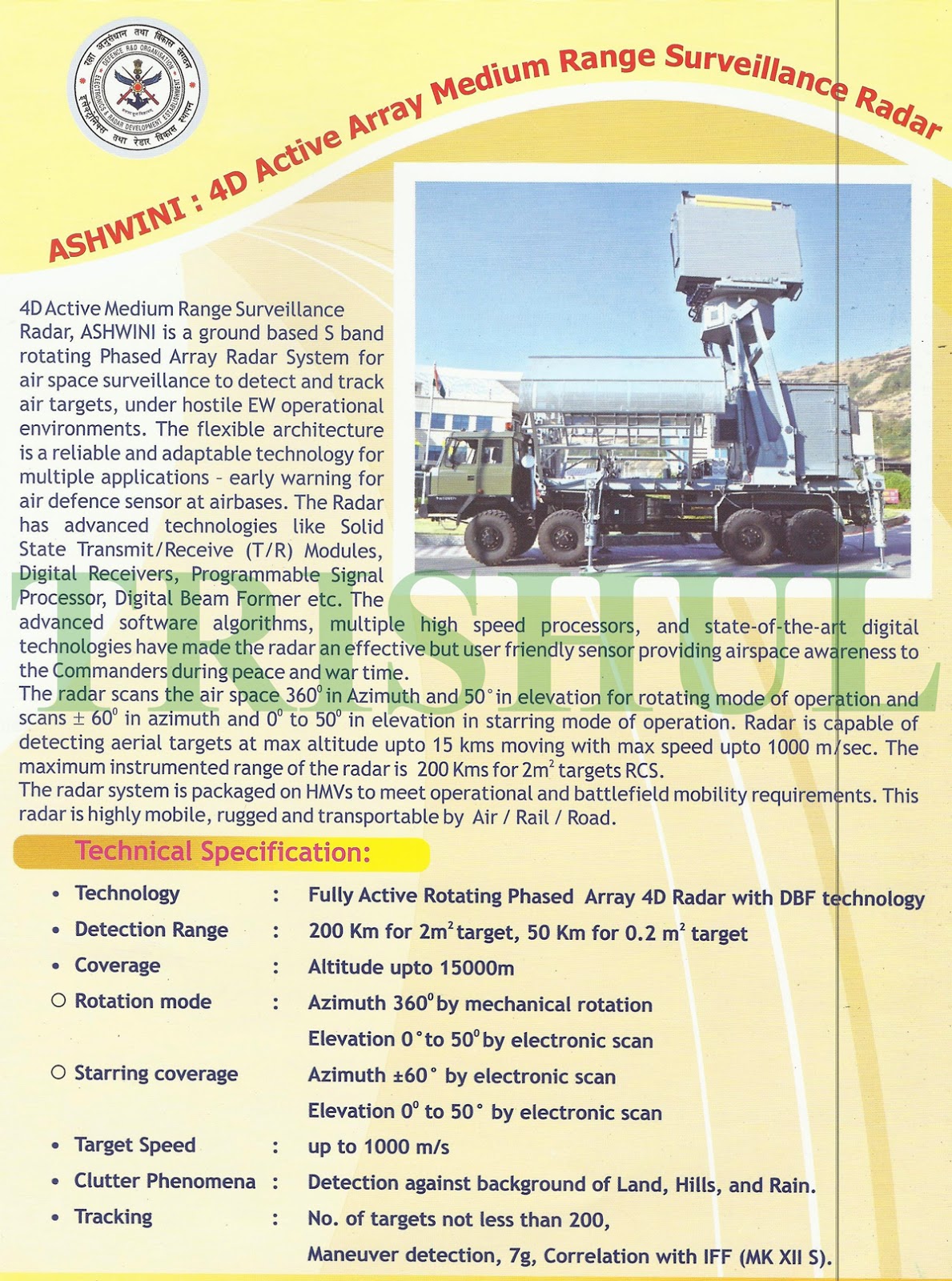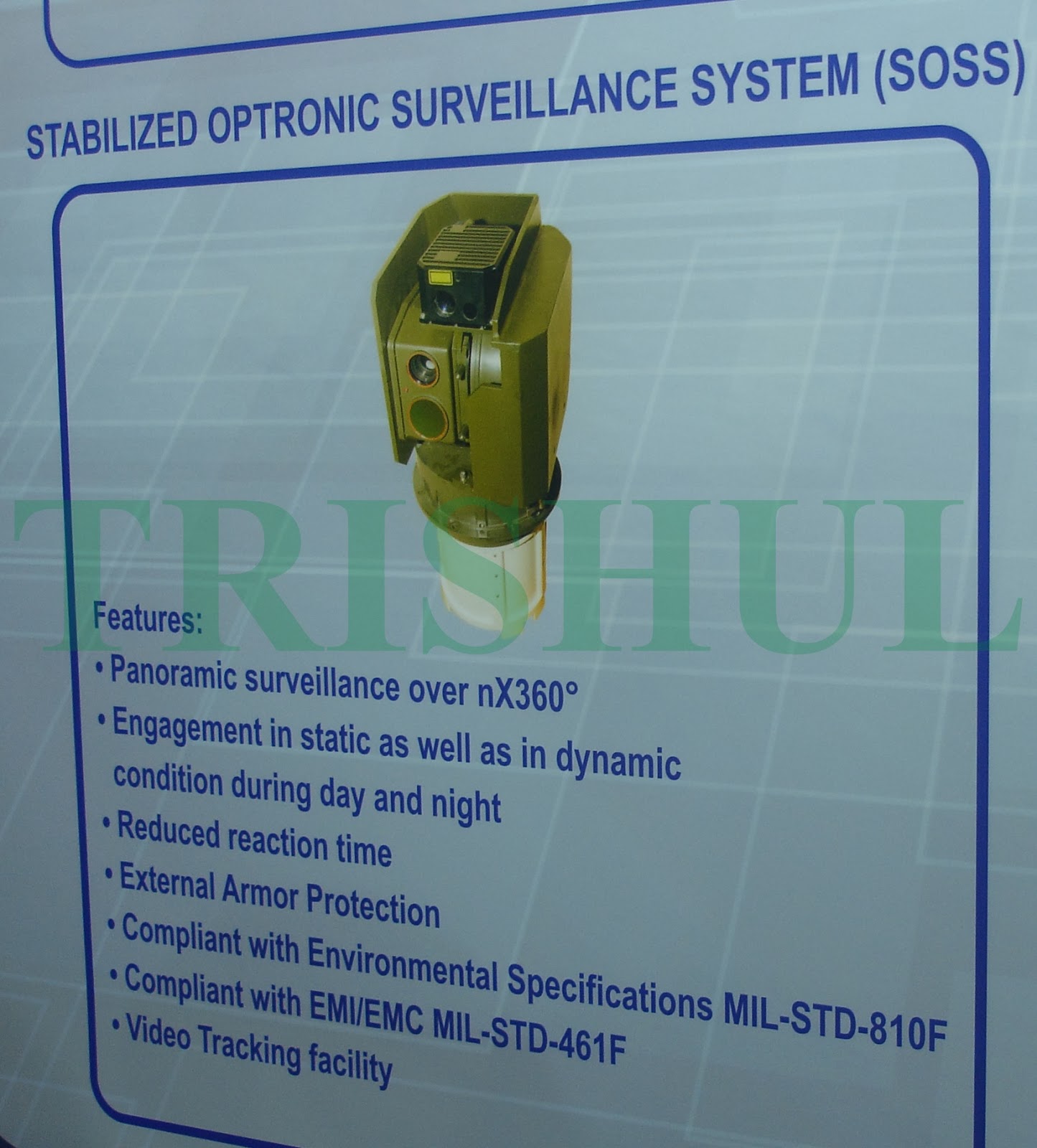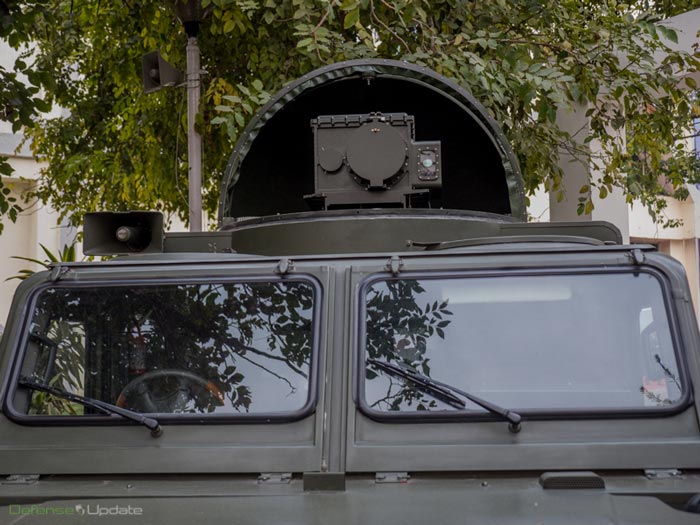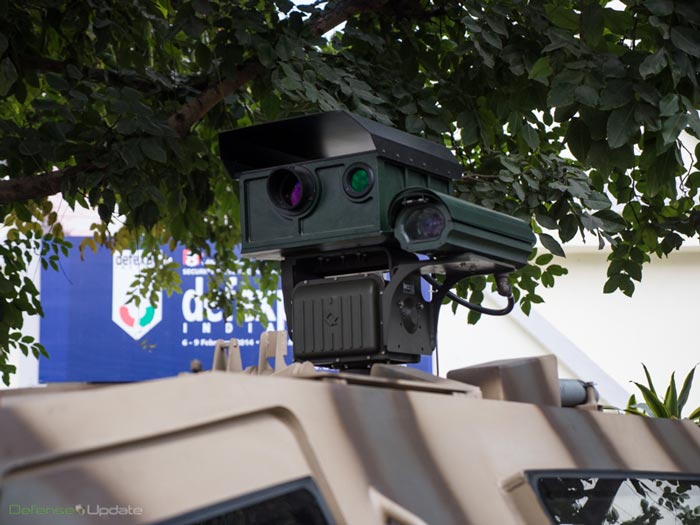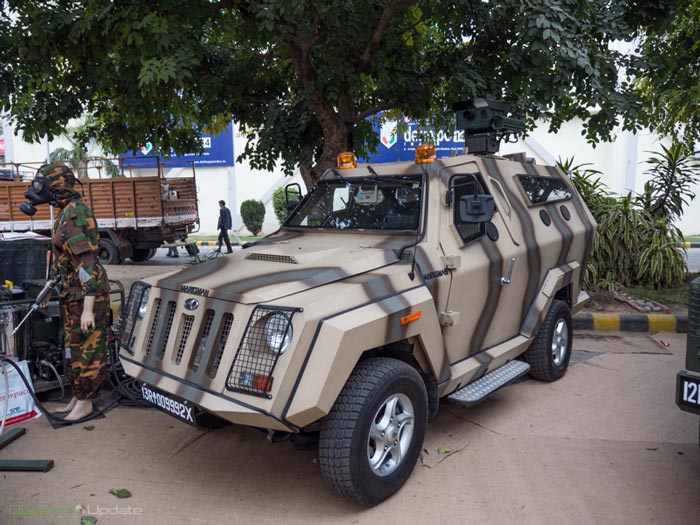Abhi9
Regular Member
- Joined
- Aug 25, 2012
- Messages
- 562
- Likes
- 1,582
Radar Technology
2D radar: Range, Azimuth
3D radar: Range, Azimuth, Elevation
4D radar: Range, Azimuth, Elevation, Doppler velocity.@Twin Blade
Move from PESA To AESA
Increased range tracking and detection
India has achieved a historic milestone. LRDE releases data on India's first true home grown, ground based AESA systems (apart from the radar on the CABS AEW&C, which is another achievement). These are truly modern systems and incorporate whatever we can get from the best firms - digital receievers, digital beam formers, have multiple (programmable) modes of operation, can track many targets, have significant ECCM capability.


2D radar: Range, Azimuth
3D radar: Range, Azimuth, Elevation
4D radar: Range, Azimuth, Elevation, Doppler velocity.@Twin Blade
Move from PESA To AESA
Increased range tracking and detection
India has achieved a historic milestone. LRDE releases data on India's first true home grown, ground based AESA systems (apart from the radar on the CABS AEW&C, which is another achievement). These are truly modern systems and incorporate whatever we can get from the best firms - digital receievers, digital beam formers, have multiple (programmable) modes of operation, can track many targets, have significant ECCM capability.



